Style Preferences for Slim Dining Chairs in Different Markets
 Feb 24,2025
Feb 24,2025

 Topmax Furniture
Topmax Furniture
In the ever - evolving world of furniture, slim dining chairs have carved out a niche for themselves, offering a blend of functionality and style. These chairs, characterized by their streamlined designs and space - saving features, have become a popular choice across various global markets. However, the appeal of slim dining chairs varies across different markets, influenced by cultural preferences, living spaces, and local design aesthetics. Understanding these regional differences is crucial for furniture wholesalers and importers looking to expand their product lines and cater to the specific needs of diverse markets.
Europe: A Refined Taste for Elegance and Space Efficiency
Europe, with its rich history in design and art, has always been at the forefront of furniture innovation. When it comes to slim dining chairs, European markets exhibit a refined taste for elegance combined with a practical emphasis on space efficiency. In countries like Italy and France, where dining is a cherished ritual and often a social event, slim dining chairs are prized for their ability to enhance the dining experience without overpowering the room.
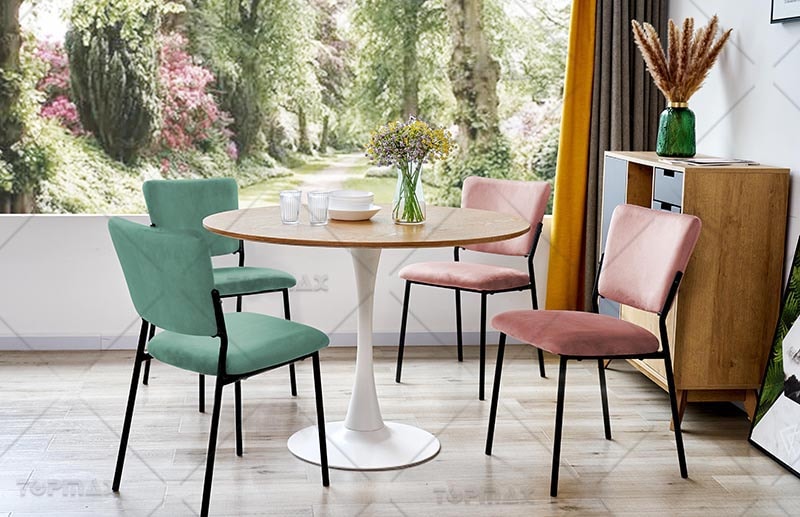
Italian design, in particular, embraces the slim dining chair as an extension of the Mediterranean lifestyle—casual yet sophisticated. Manufacturers in Italy often incorporate materials like polished metal, marble, and high-quality leather to create chairs that are as luxurious as they are streamlined. These chairs are not just functional but also serve as statement pieces that reflect the owner's discerning taste.
In northern European countries such as Scandinavia, the minimalist aesthetic is king. Here, beautiful dining chairs are designed with simplicity and functionality in mind. Woods like oak and birch are favored for their natural beauty and durability, often paired with simple upholstery in neutral tones. These chairs blend seamlessly into open-plan living spaces, underscoring the Scandinavian philosophy of 'less is more.'
Moreover, the emphasis on sustainable design in Europe has led to an increased demand for slim dining chairs made from eco-friendly materials. Manufacturers are responding by incorporating reclaimed wood, recycled metals, and plant-based fabrics into their designs, appealing to consumers who prioritize environmental consciousness alongside style.
Southeast Asia: A Celebration of Natural Beauty and Cultural Identity
Southeast Asia, with its lush landscapes and diverse cultures, offers a rich tapestry of design influences. In countries like Indonesia, Thailand, and Vietnam, slim dining chairs are often inspired by traditional furniture forms, but with a contemporary twist. These chairs often feature handcrafted elements, such as woven rattan or bamboo seats, combined with sleek, modern frames made from materials like teak or recycled metal.
Moreover, the vibrant colors and intricate patterns associated with Southeast Asian cultures are often reflected in the upholstery and decorative details of slim dining chairs. These designs cater to consumers who want to bring a touch of their cultural heritage into their modern living spaces.
In Singapore and Malaysia, where urban living is prevalent and space is at a premium, beautiful dining chairs are particularly valued for their space-saving capabilities. Manufacturers in these markets offer a wide range of designs that maximize functionality without sacrificing style, appealing to discerning consumers who prioritize both aesthetics and practicality.
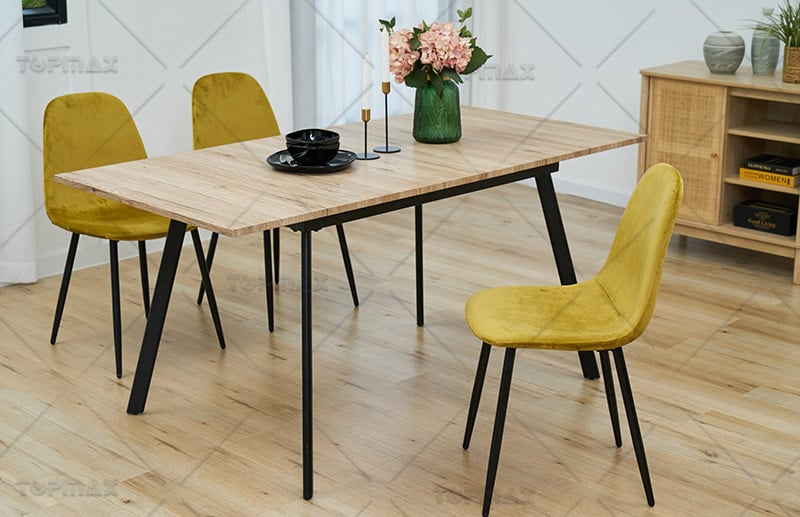
The Middle East: A Blend of Luxury and Traditional Craftsmanship
The Middle East, with its rich historical and cultural heritage, presents a unique design landscape when it comes to slim dining chairs. In countries like Saudi Arabia, the United Arab Emirates, and Qatar, luxury and opulence are key design elements. Slim dining chairs in these markets often feature ornate carvings, sumptuous fabrics, and precious materials like marble and gold leaf.
However, the rapid urbanization and modernization of Middle Eastern cities have led to a growing demand for beautiful dining chairs that cater to contemporary lifestyles. Manufacturers are responding by offering designs that combine traditional aesthetics with modern functionality, such as chairs with adjustable seat heights or built-in storage solutions. These chairs appeal to younger generations who want to embrace their cultural heritage while living in style and comfort.
In addition, the Middle East's hot, arid climates influence the materials and designs chosen for slim dining chairs. Manufacturers often use durable, weather-resistant materials like teak and marble, as well as breathable fabrics like linen and cotton, to create chairs that are both stylish and practical in the region's extreme conditions.
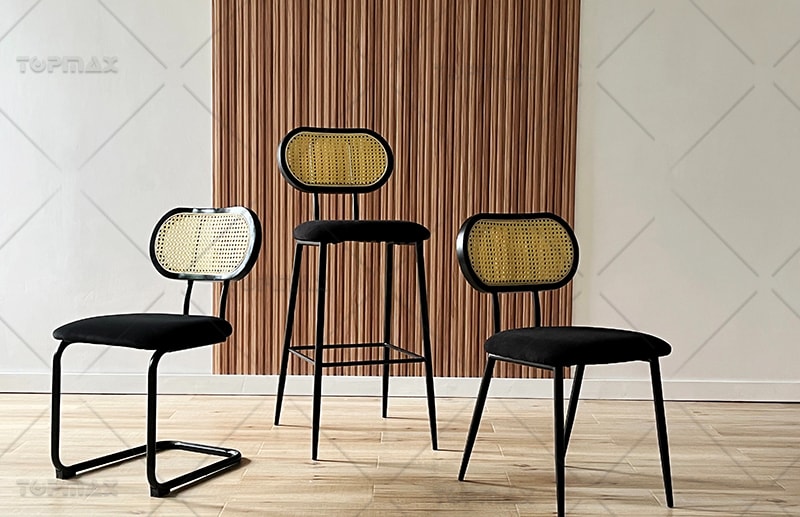
The style preferences for slim dining chairs vary greatly across different markets. In the European and American markets, modern, contemporary, Scandinavian, industrial, and rustic styles are popular, driven by factors such as functionality, minimalism, and a desire for unique and eco - friendly designs. In the Southeast Asian market, tropical and resort - inspired styles, as well as traditional designs, are favored, taking advantage of the region's abundant natural materials and rich cultural heritage. In the Middle East, luxurious and ornate styles, along with Islamic - inspired designs, dominate, reflecting the region's emphasis on luxury, opulence, and cultural identity.
Furniture manufacturers, designers, and retailers need to be aware of these diverse style preferences when catering to different markets. By understanding the specific needs and tastes of consumers in each region, they can create and offer slim dining chairs that not only meet the functional requirements but also resonate with the cultural and aesthetic sensibilities of the local population. As the global furniture market continues to evolve, the ability to adapt to these regional differences will be crucial for success in the highly competitive world of furniture sales.
 Inquire Now
Inquire Now



 Home
Home Modern Dining Spaces: Choosing the Perfect Dining Bench Seat to Match Your Decor Style
Modern Dining Spaces: Choosing the Perfect Dining Bench Seat to Match Your Decor Style  You May Also Like
You May Also Like 

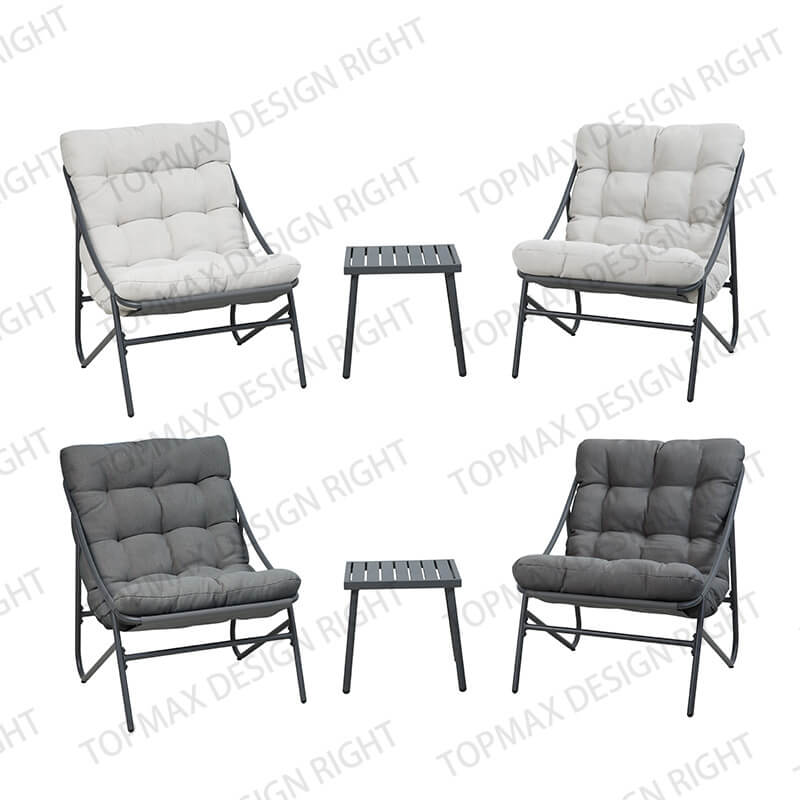
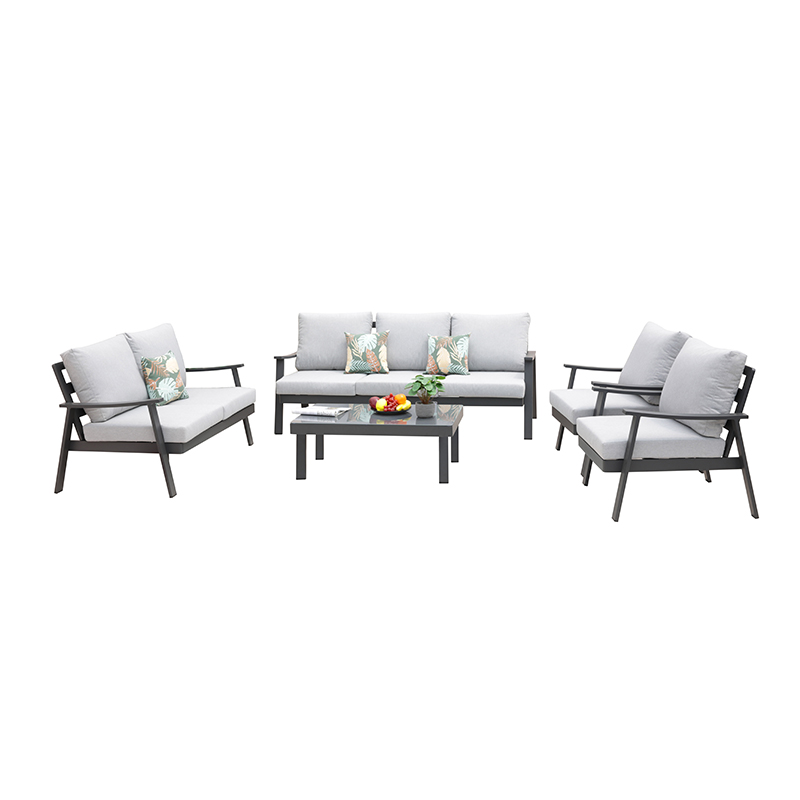

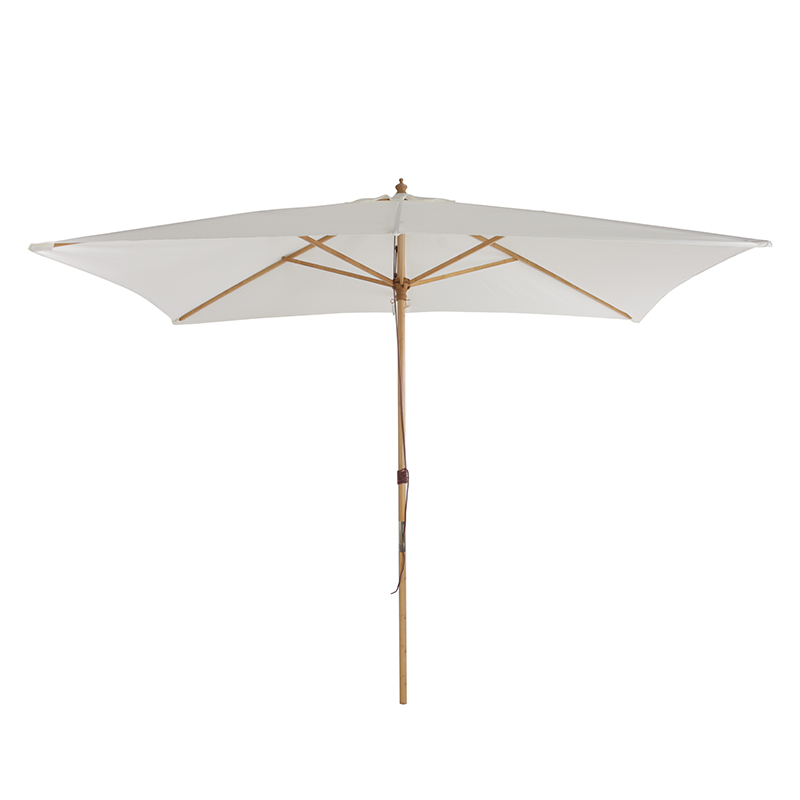
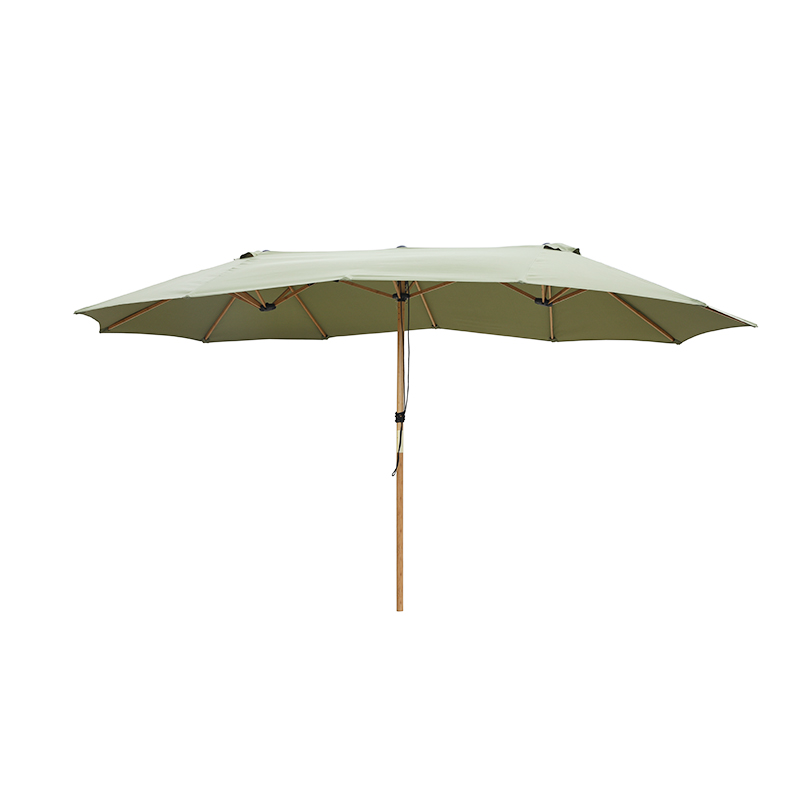

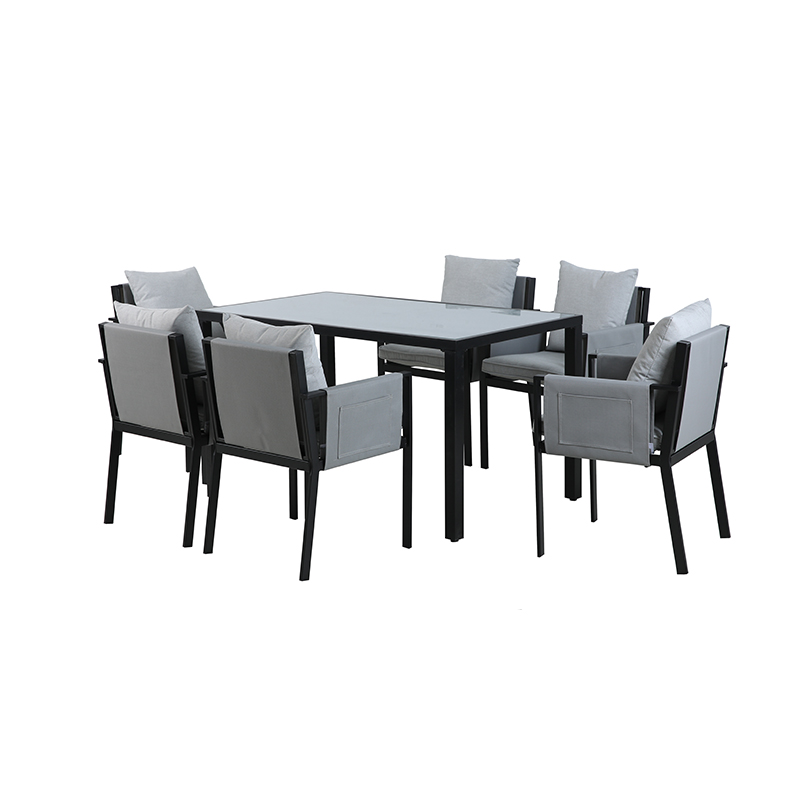
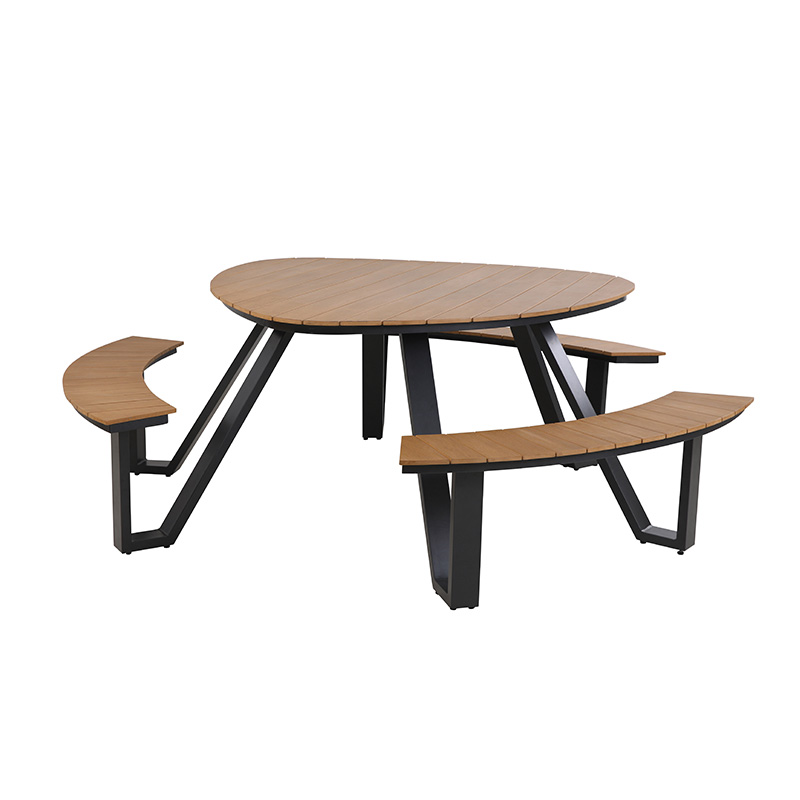
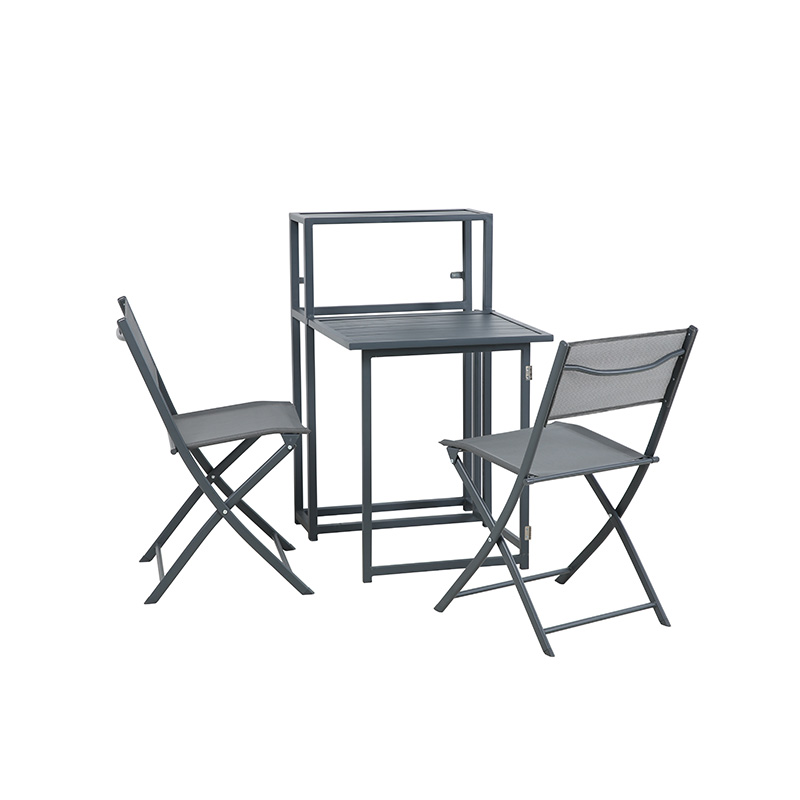
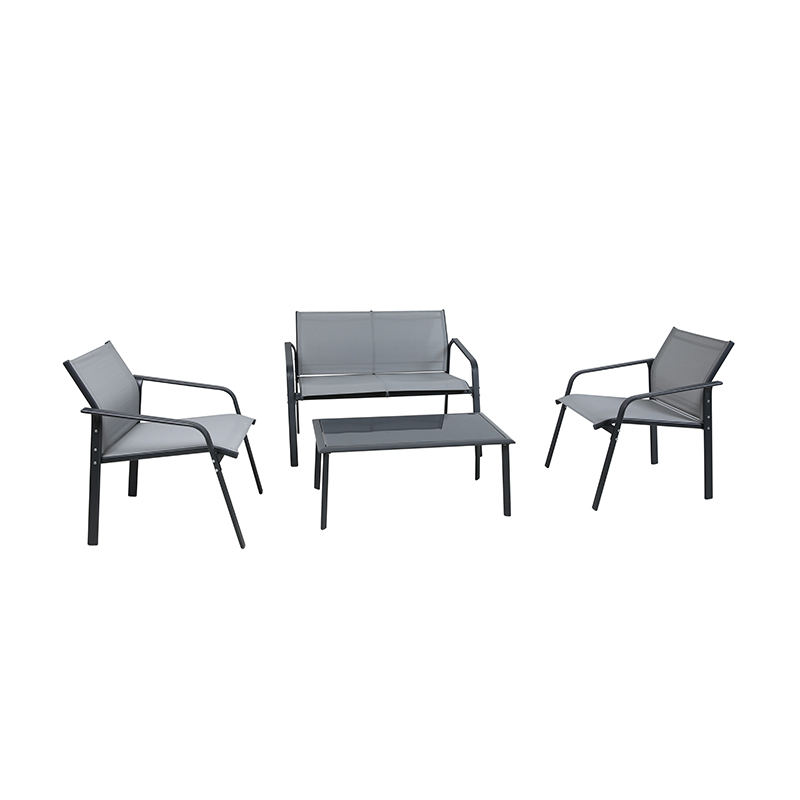
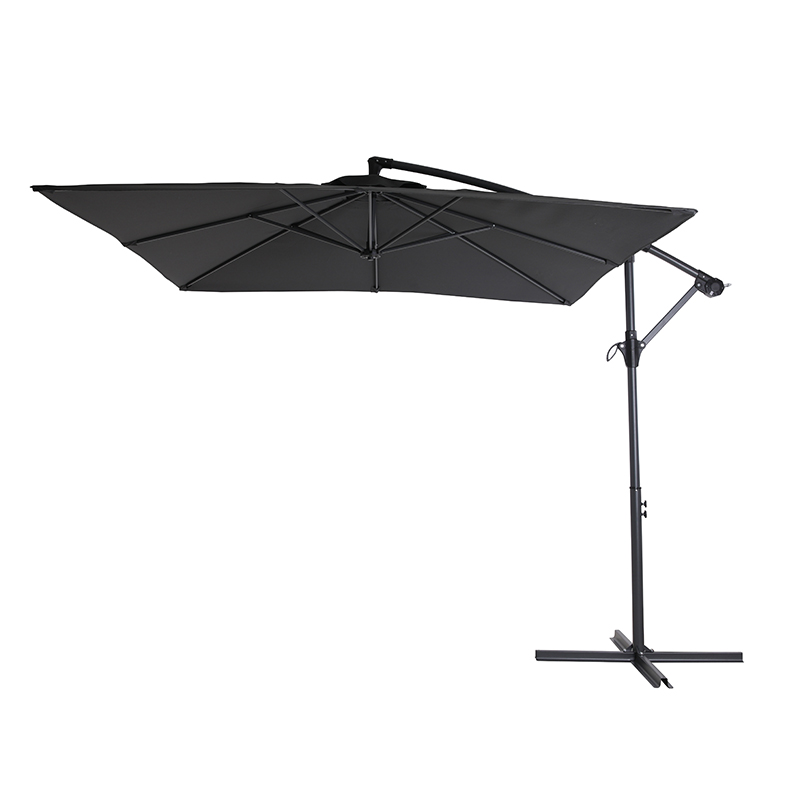

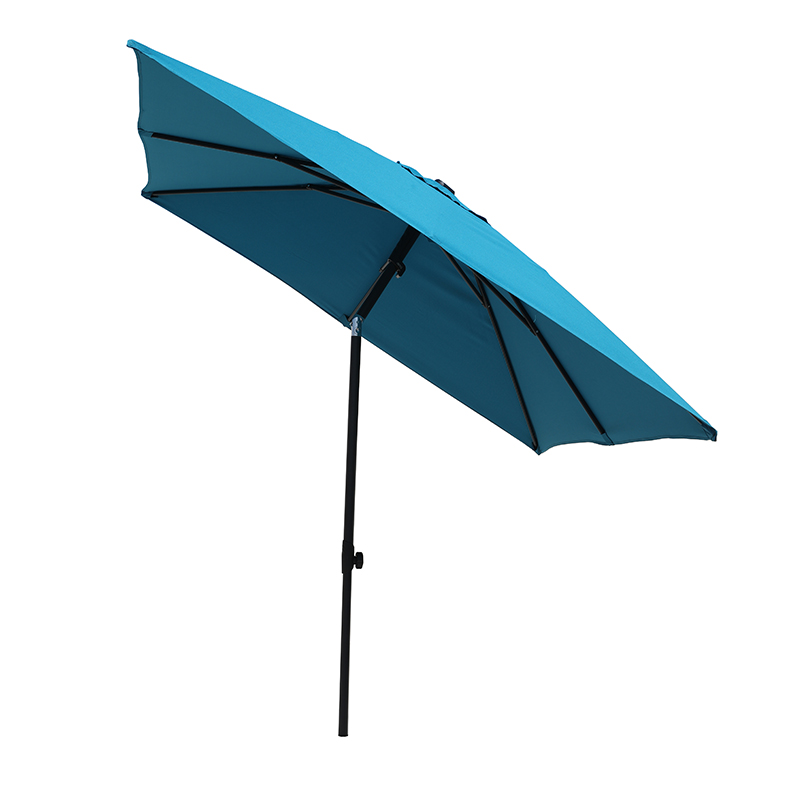
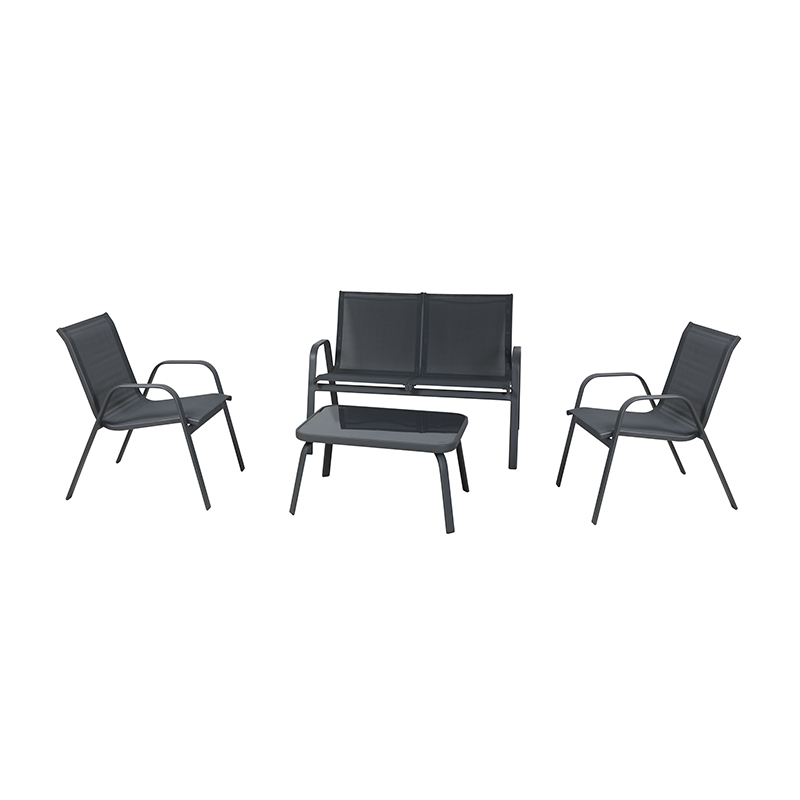
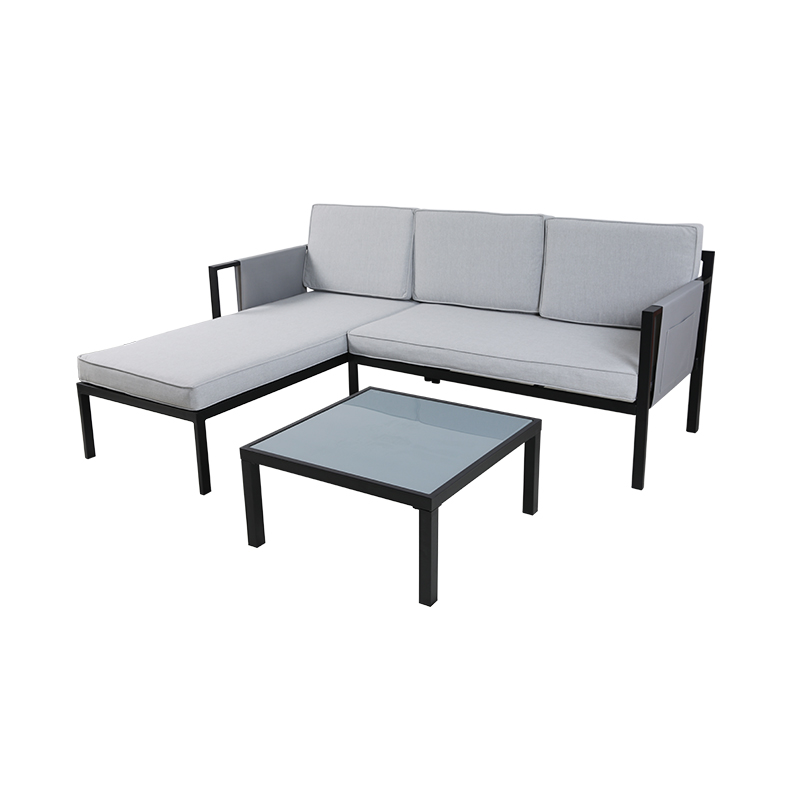
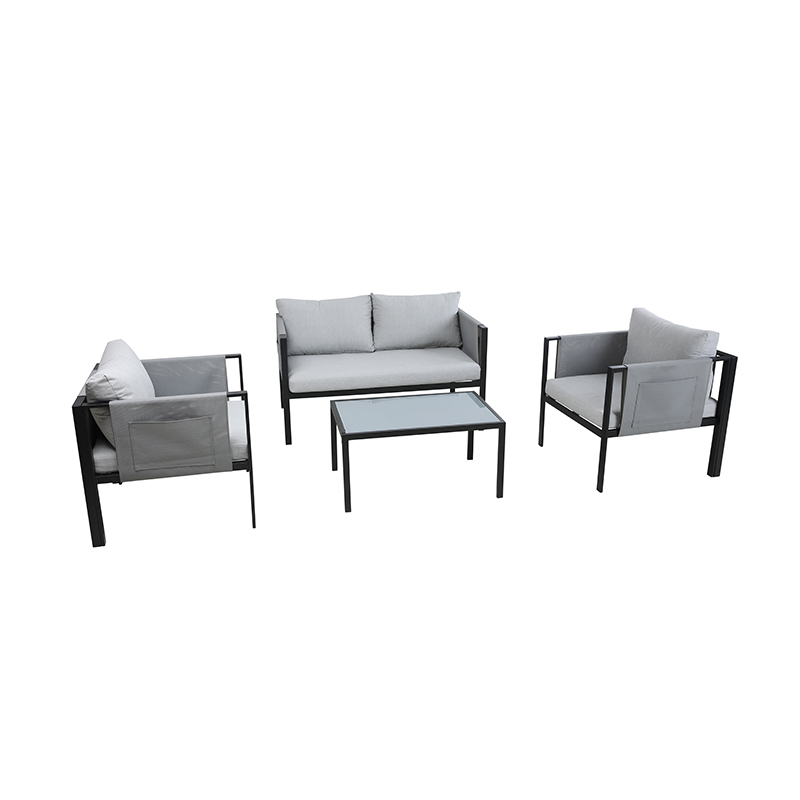

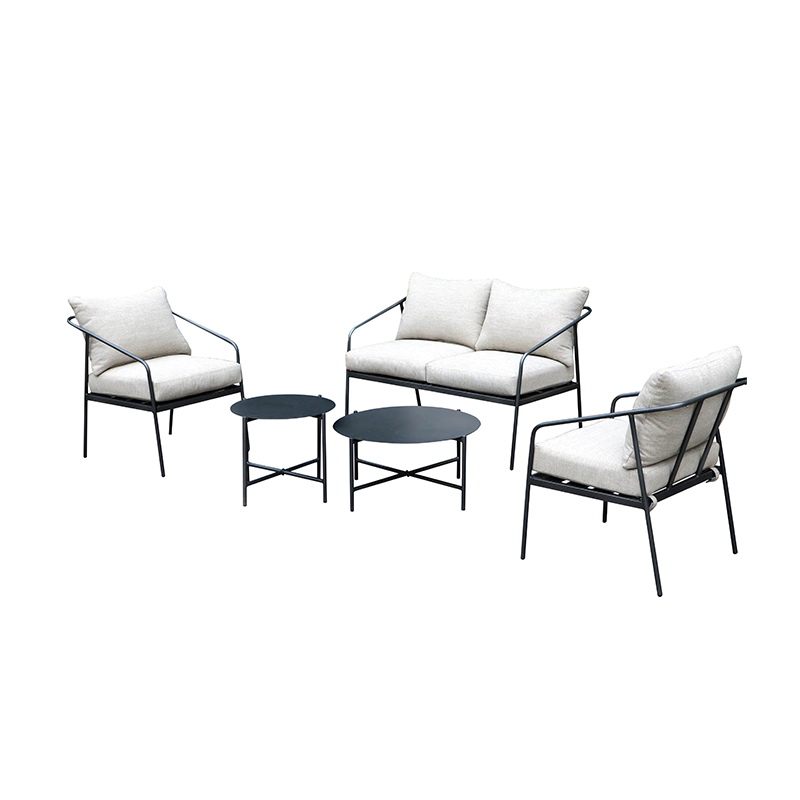
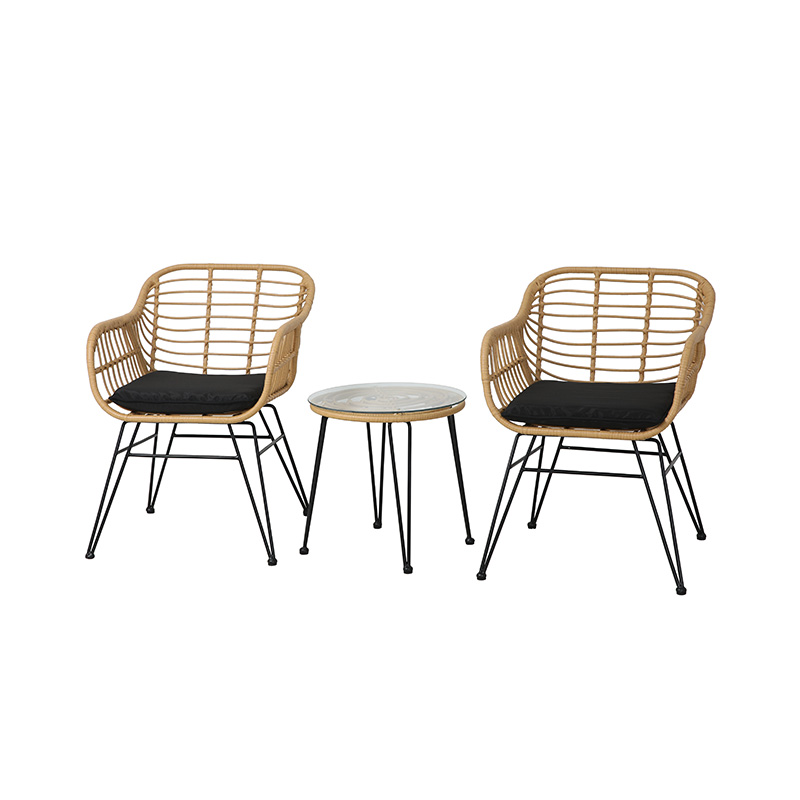

 Tel
Tel  Email
Email  ADDRESS
ADDRESS 














